Thomas Struth : Nature & Politics
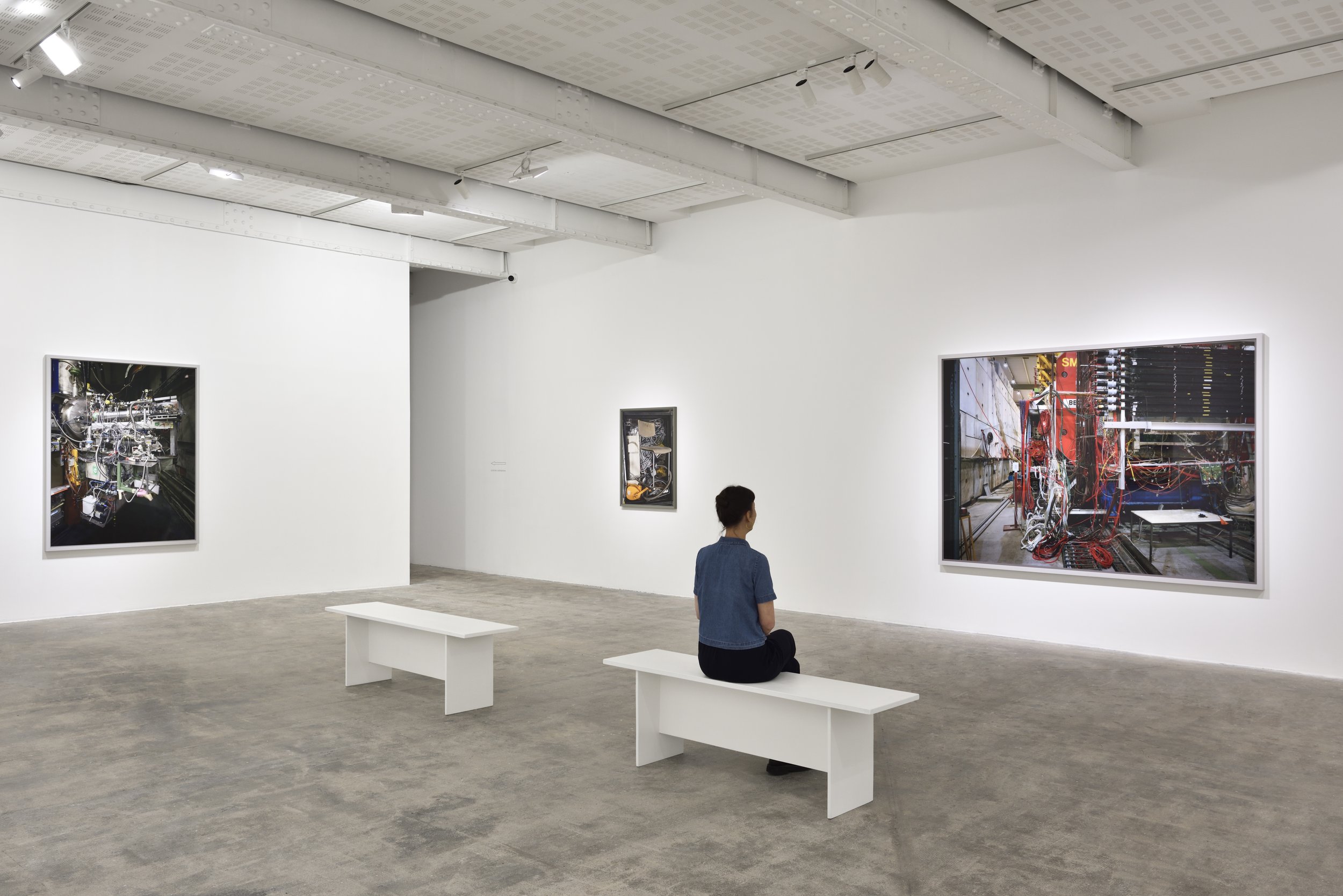

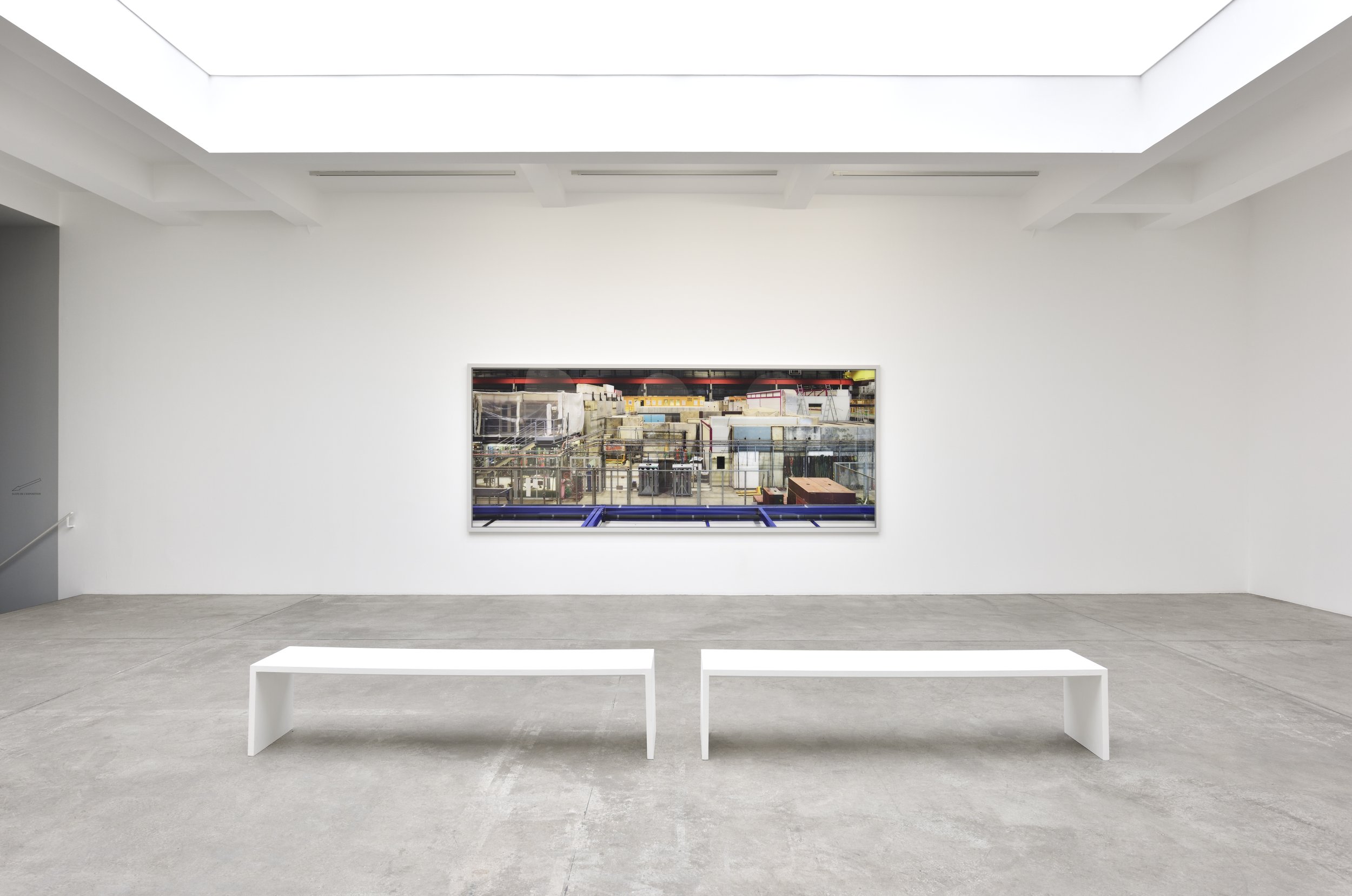


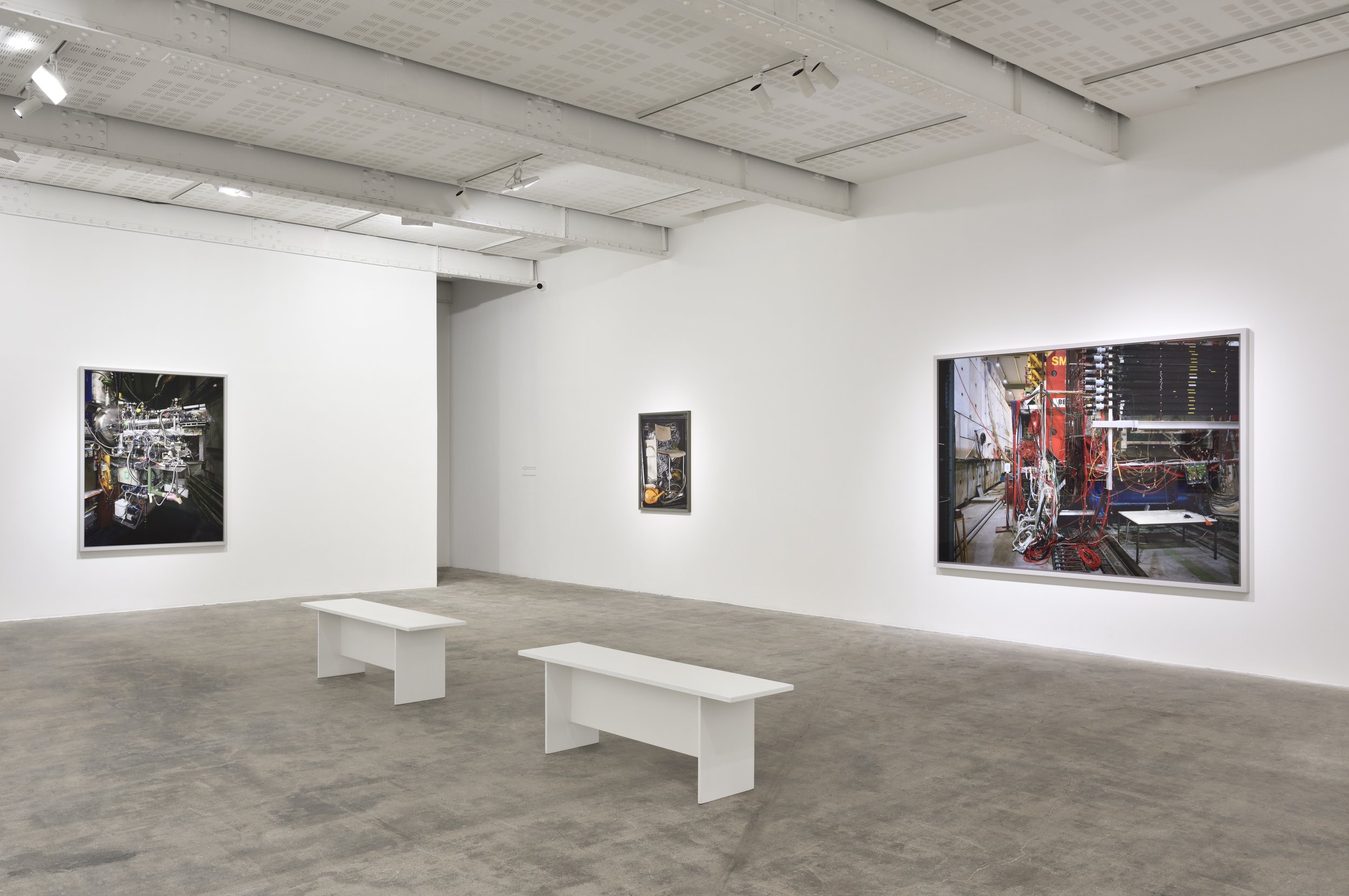

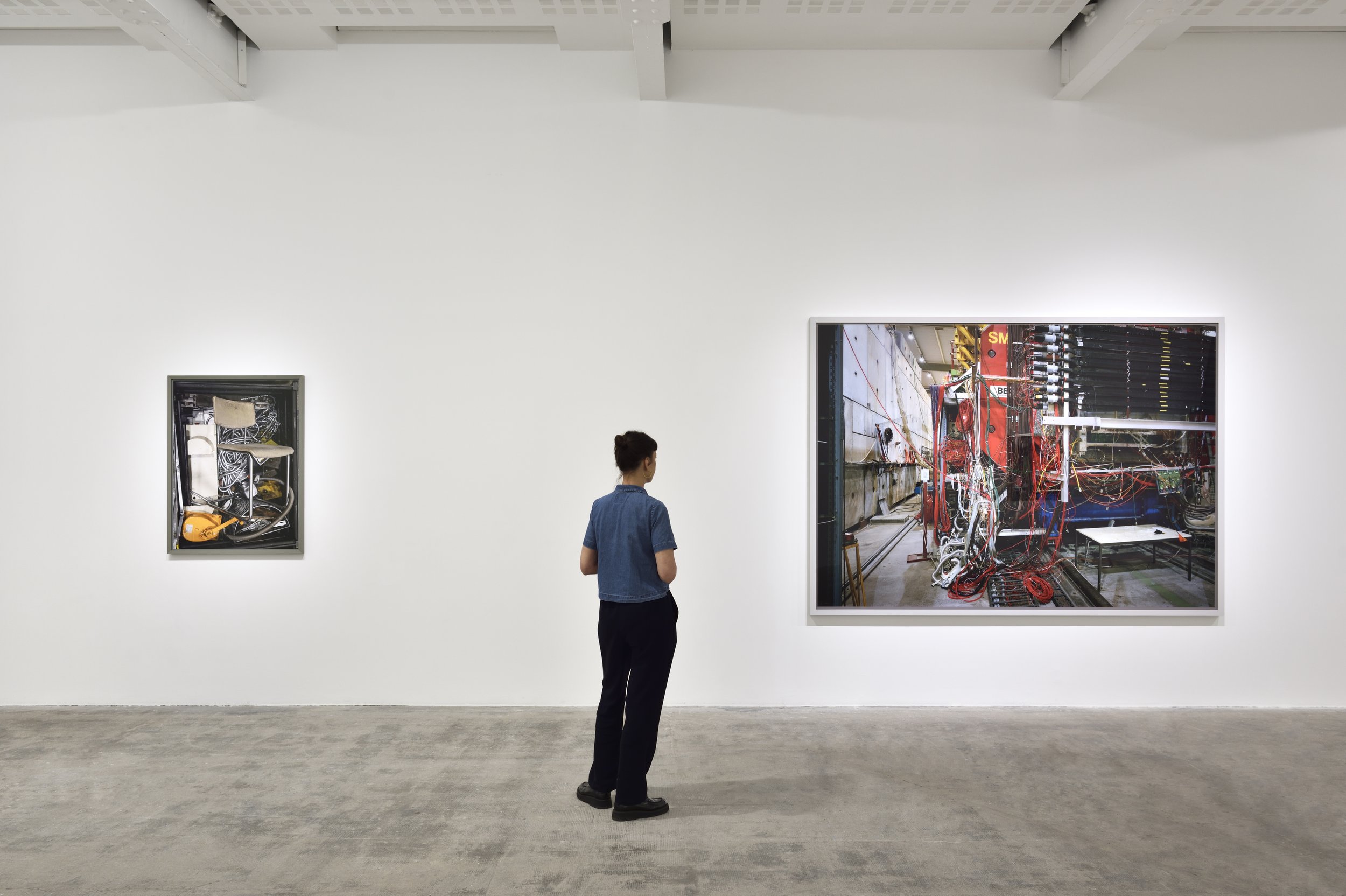
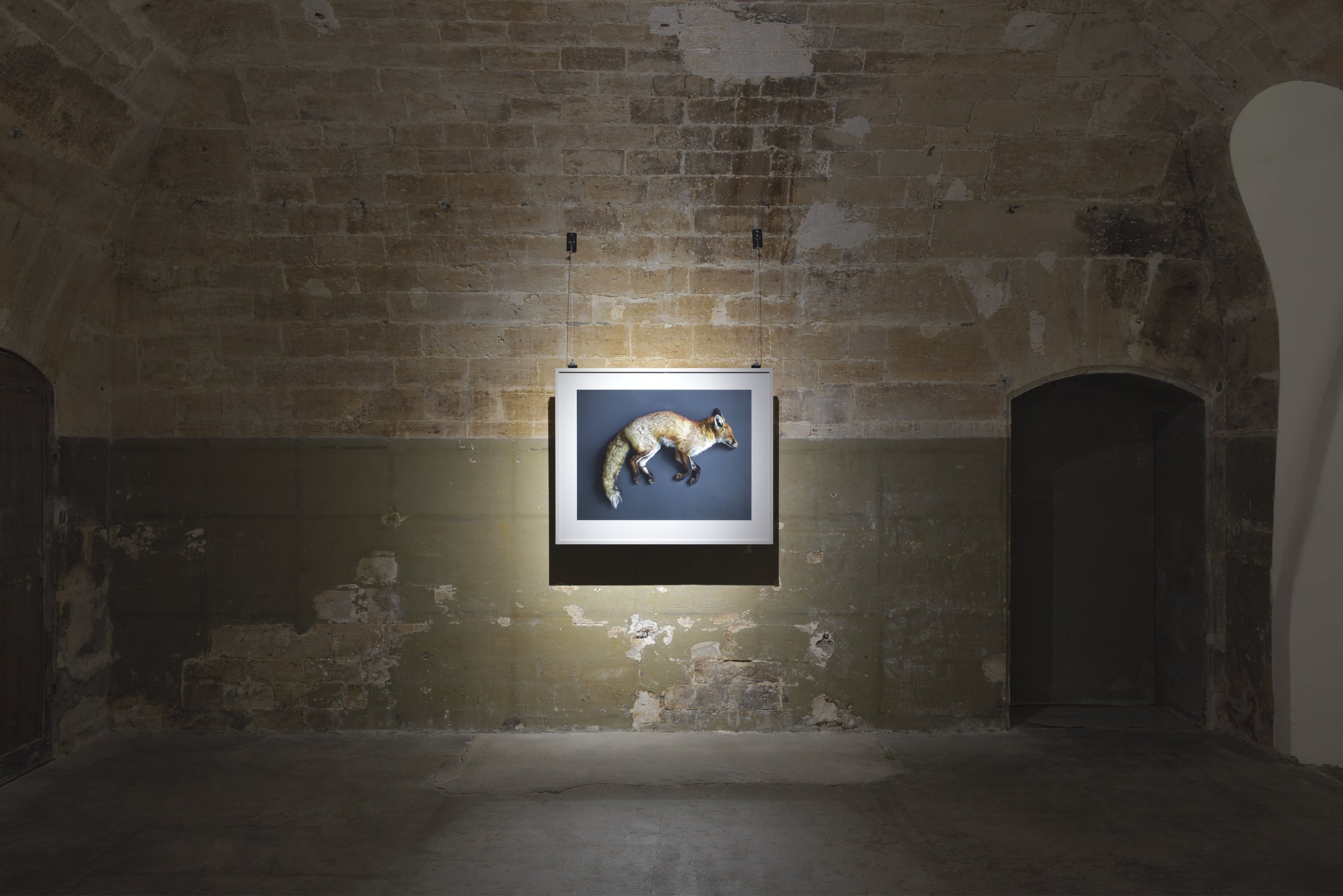
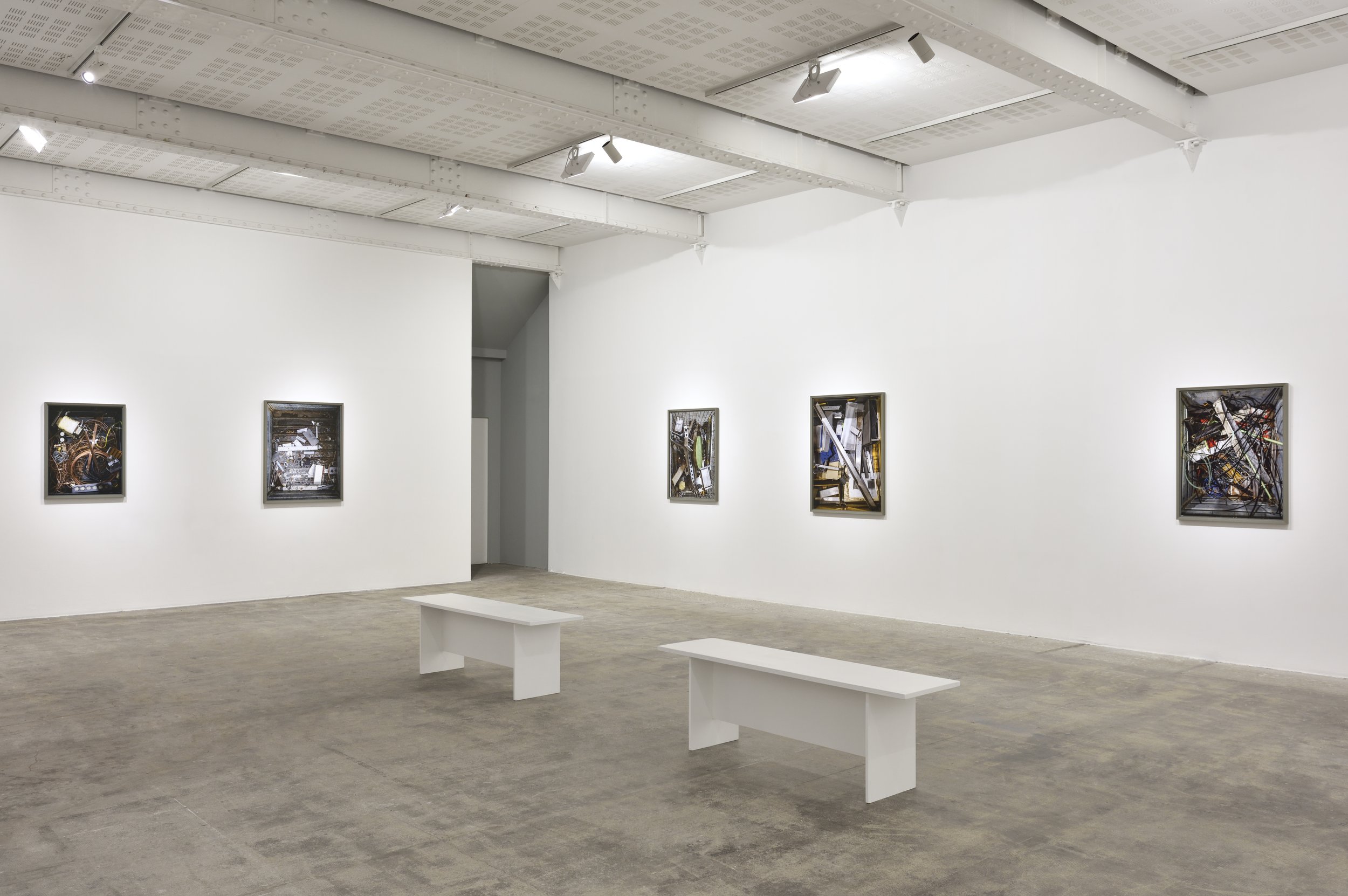
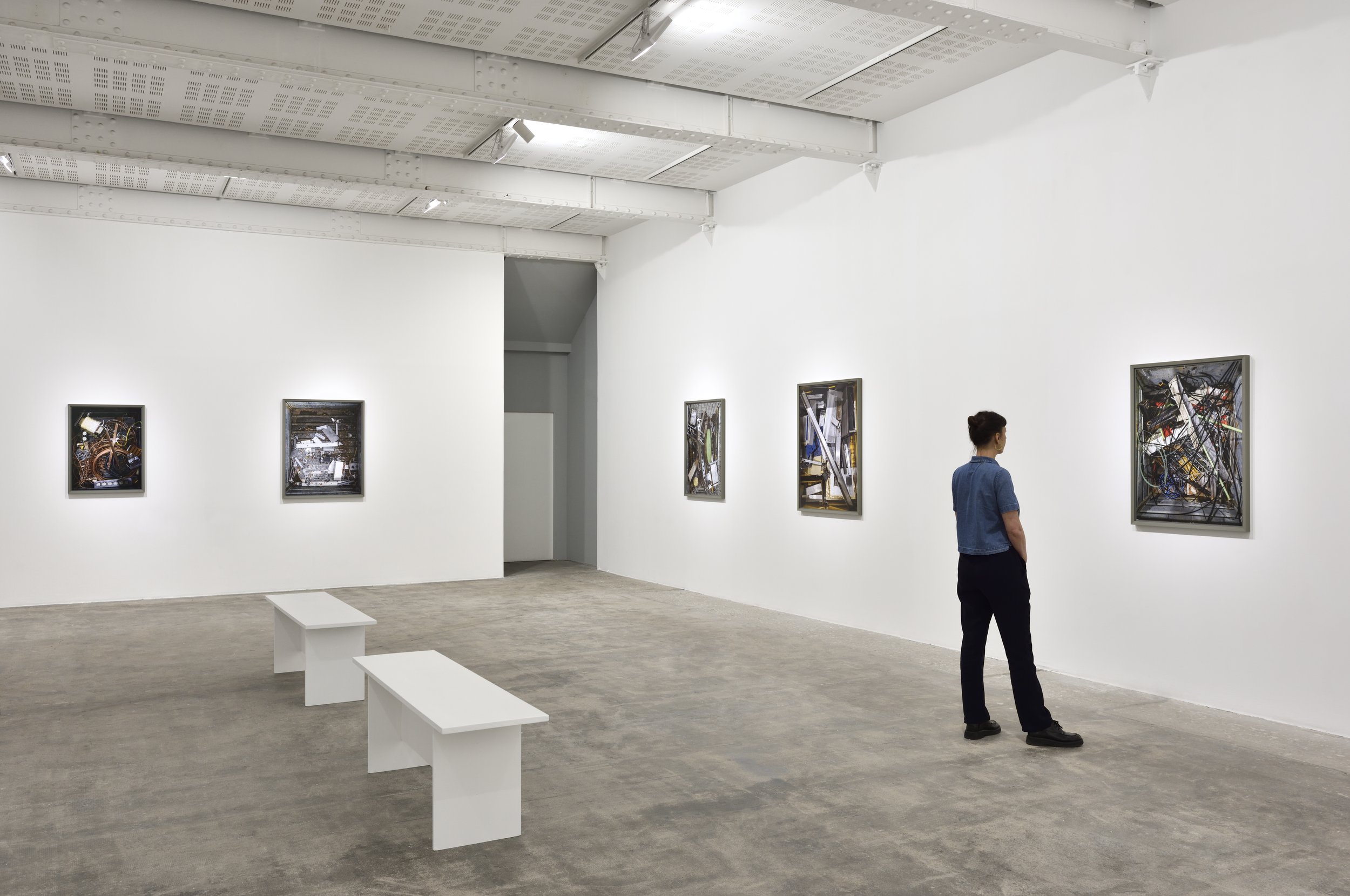



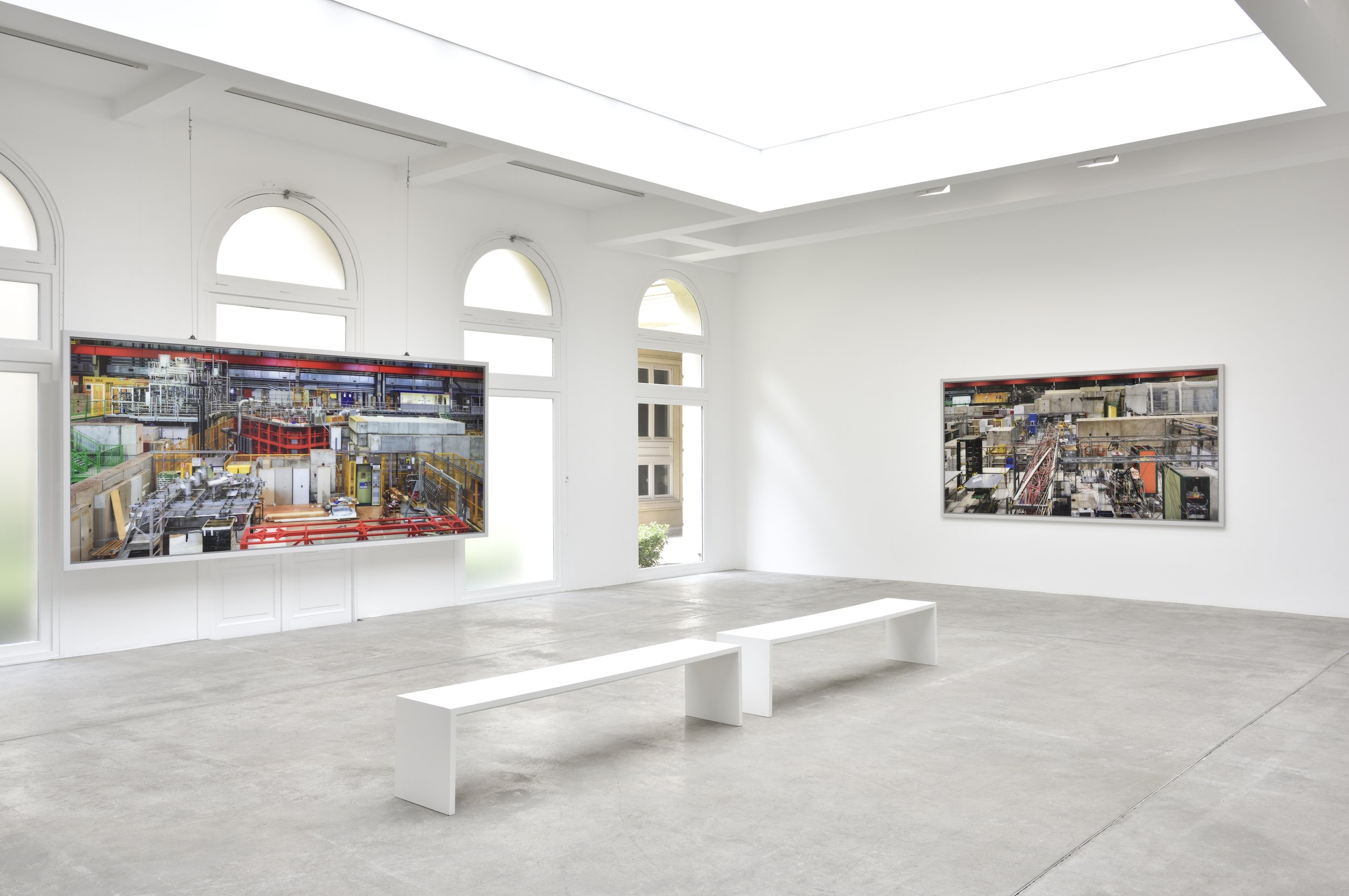
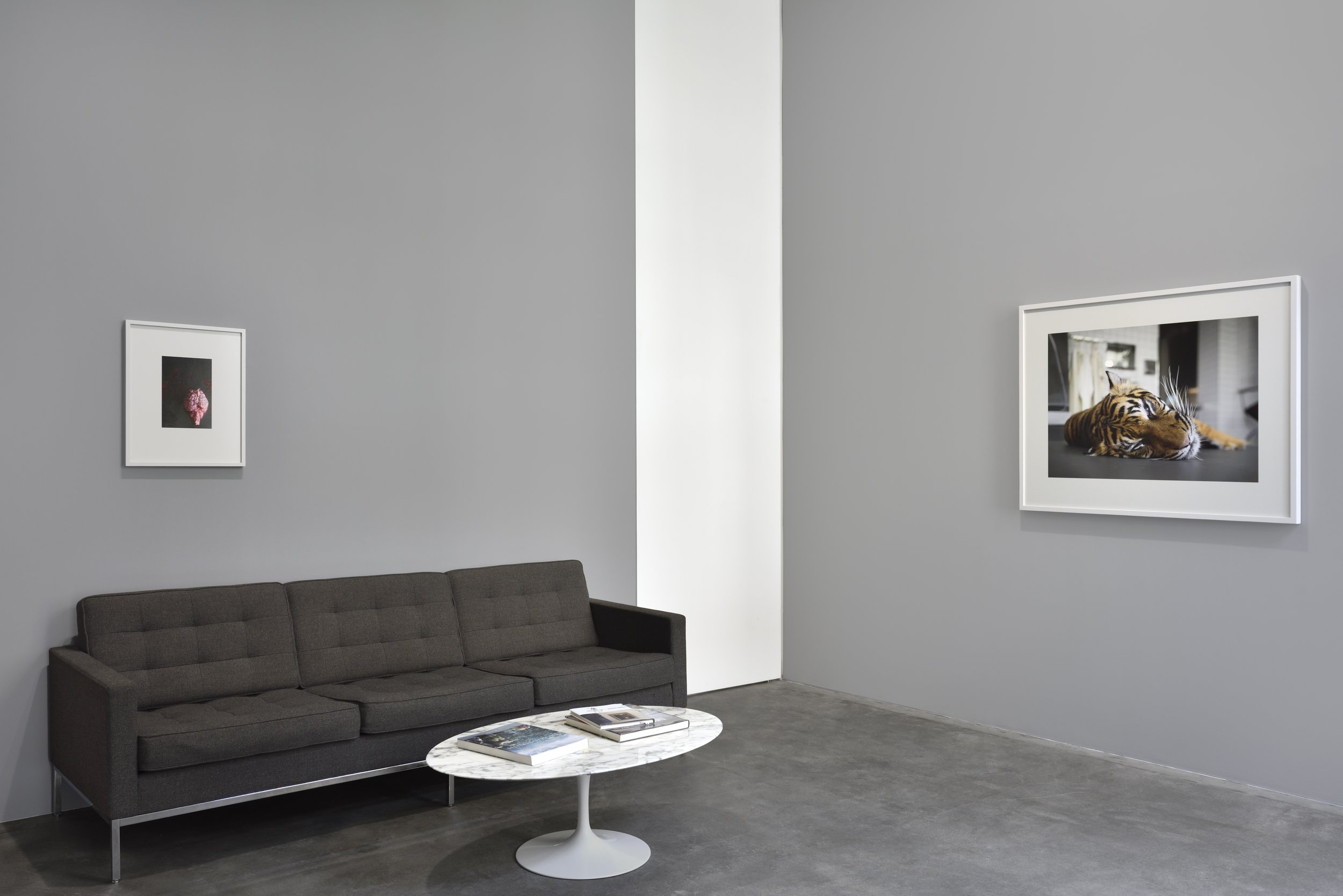

Exhibition view: Thomas Struth; Nature & Politics, Galerie Marian Goodman Paris 25 May – 26 July 2024 Photo credit: Rebecca Fanuele © Thomas Struth and Marian Goodman Gallery Courtesy of the artist and Marian Goodman Gallery
“My work is about the theater of life in different chapters.” – Thomas Struth, 2023
Marian Goodman Gallery is pleased to present a new solo exhibition by Thomas Struth in Paris. Nature & Politics is the internationally acclaimed artist’s first solo show in France dedicated to his eponymous body of work begun in 2007. The exhibition focuses on photographs taken over the past few years at the European Organization for Nuclear Research (CERN) and the Leibniz Institute for Zoo and Wildlife Research (IZW), two of the world's most prestigious scientific research centers, where the scale and complexity of experimentation eludes most of us. Through the photographs in Nature & Politics, Thomas Struth explores our relationship with science and technology, the way we collectively defy nature and our inextinguishable desire to push back the limits of human knowledge.
Container 3, CERN, Meyrin, 2023 Inkjet print 107 x 80 cm © Thomas Struth Courtesy of the artist and Marian Goodman Gallery
Renowned for his photographic work since the 1970s, Struth is driven by the idea that art should “show what others don't see.” With Nature & Politics, he has developed a unique body of works taken in places of advanced technology rarely accessible to the public, such as physics institutes, pharmaceutical factories, space stations, arsenals, and operating rooms. Since 2019 he has been able to enter the various sites of CERN, the world's largest particle physics center, located on either side of the French-Swiss border near Geneva.
On the first floor of the gallery, several meter-long photographs reveal monumental scientific structures that constitute CERN's Prévessin-Moëns and Meyrin sites. Beam Line Zone 1, Beam Line Zone 2 and ProtoDUNE, each detail infrastructures in Hall EHN1 (Experimental Hall North area 1), the organization's largest building. These panoramic immersive views show complex, visually unintelligible structures that resemble immense technological “landscapes.” Their characteristics and colors are almost reminiscent of sculptural installations. Marked by the absence of any humanity – reminiscent of the deserted New York City streets Struth photographed in the 1970s - these constructions are nonetheless the product of human genius. Like the cathedrals of their day, they represent one of mankind’s greatest technological achievements, enabling us to investigate the origins of the universe.
Container 5, CERN, Meyrin, 2023 Inkjet print 96 x 72 cm © Thomas Struth Courtesy of the artist and Marian Goodman Gallery
On the lower level of the gallery, works that capture the intricacies of CERN’s mechanisms, such as Magnet 2 and X-ray Telescope, are shown in counterpoint to the Containers series, originally scattered throughout CERN's various halls, and recently the subject of interest to the artist. In contrast to the imposing infrastructures presented on the first floor, these pictures, taken from an omniscient perspective, are smaller in scale and represent remnants of technological discovery. Within the containers, materials and objects are layered, having been temporarily discarded, for potential reuse in future experiments. This random detritus, taken out of context by Struth, becomes an ordered composition that frames the accumulations as if they were artworks in themselves.
In the final room of the exhibition, the CERN works give way to Animals, another group of photographs taken at the Leibniz Institute for Zoo and Wildlife Research (IZW) in Berlin, where Struth has been visiting regularly since 2016. The IZW's mission is to study the diversity and evolution of the world's wildlife, both free-living and captive, and in particular the anthropogenic impact on species and their ecosystems. Once again, Struth points his lens at activities little known to the public: the laboratory's researchers, just hours after the natural death of an animal, methodically dissect it to analyze the causes of its demise. Each work shows, against a solemn dark gray background, an animal's remains before dissection, like a prelude to a kind of ritual. These post-mortem photographs, with their painterly aesthetic, follow in the long tradition of memento mori: "I've tried to represent animals in a beautiful and dignified way. I'm interested in the idea of abandonment: once you die, the whole circus you proactively create, the theater, comes to a complete halt. These images should be like punches, the memory of death like a wake-up call". But the subject of the series is not just the death of the animal; as the state of the brain, photographed just after it has been removed, underscores, it is the way in which the science of our Anthropocene era seizes upon this death for the purposes of study that is at the core of Struth's reflections.
Thomas Struth, September 2019 Photo credit: Vanessa Enders Courtesy of the artist and Marian Goodman Gallery
Thomas Struth, born 1954 in Geldern, Germany, lives and works in Berlin. He studied at the Kunstakademie in Düsseldorf. Recent comprehensive exhibitions of his work include Figure Ground, his largest show to date, which was presented at Haus der Kunst in 2017 in Munich before traveling to the Guggenheim Museum Bilbao in 2019, as well as Nature & Politics presented successively at the Folkwang Museum in Essen, the Martin-Gropius-Bau in Berlin, the High Museum in Atlanta, the Moody Center for the Arts in Houston, the St. Louis Museum of Art and the MAST Foundation in Bologna between 2016 and 2019.
Recently, Struth has had solo exhibitions at the Hilti Art Foundation, Vaduz, Lichtenstein (2019), Aspen Museum of Art, United States (2018) and Metropolitan Museum of Art, New York (2014). The major retrospective Photographs 1978-2010 traveled from Kunsthaus Zürich (2010) to K20 Kunstsammlung Nordrhein-Westfalen, Düsseldorf (2011) and from Whitechapel Gallery, London (2012) to Museu Serralves, Porto (2011-2012). His photographs have also toured the world in international group shows, including Capturing the moment at Tate Modern London (2023/2024) and ... et labora at Fondation Vincent van Gogh in Arles (2019-2020), among others. Struth also participated in Common Ground, the Venice Architecture Biennale (2012), Future Dimension, the Venice Biennale (1990) and Documenta IX (1992).
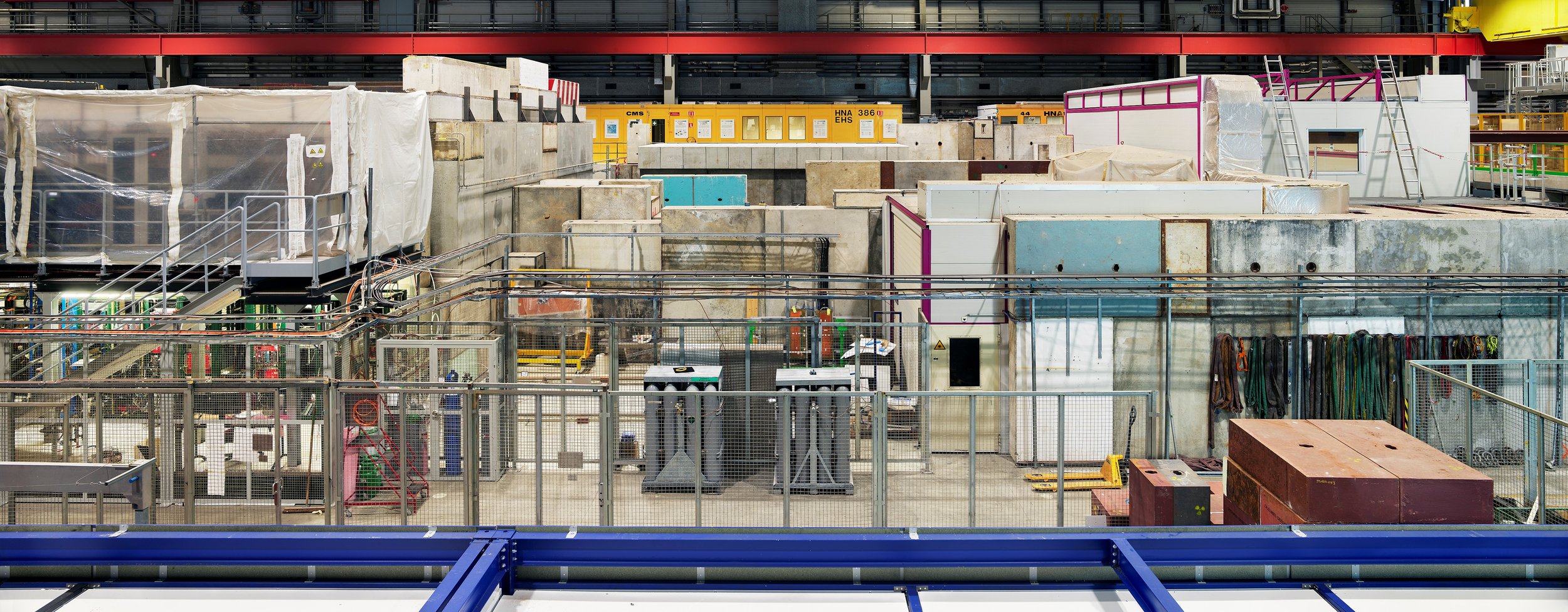
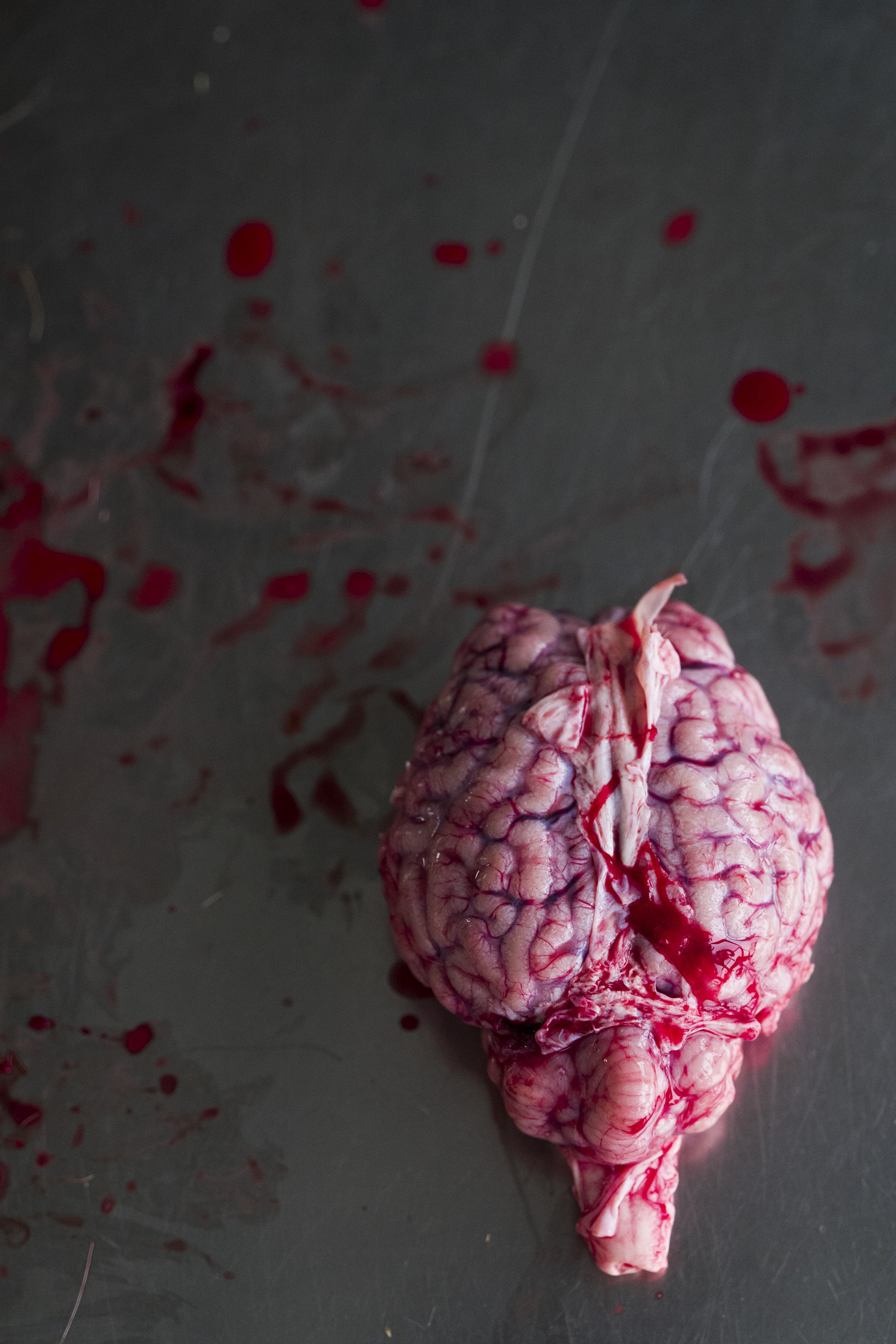

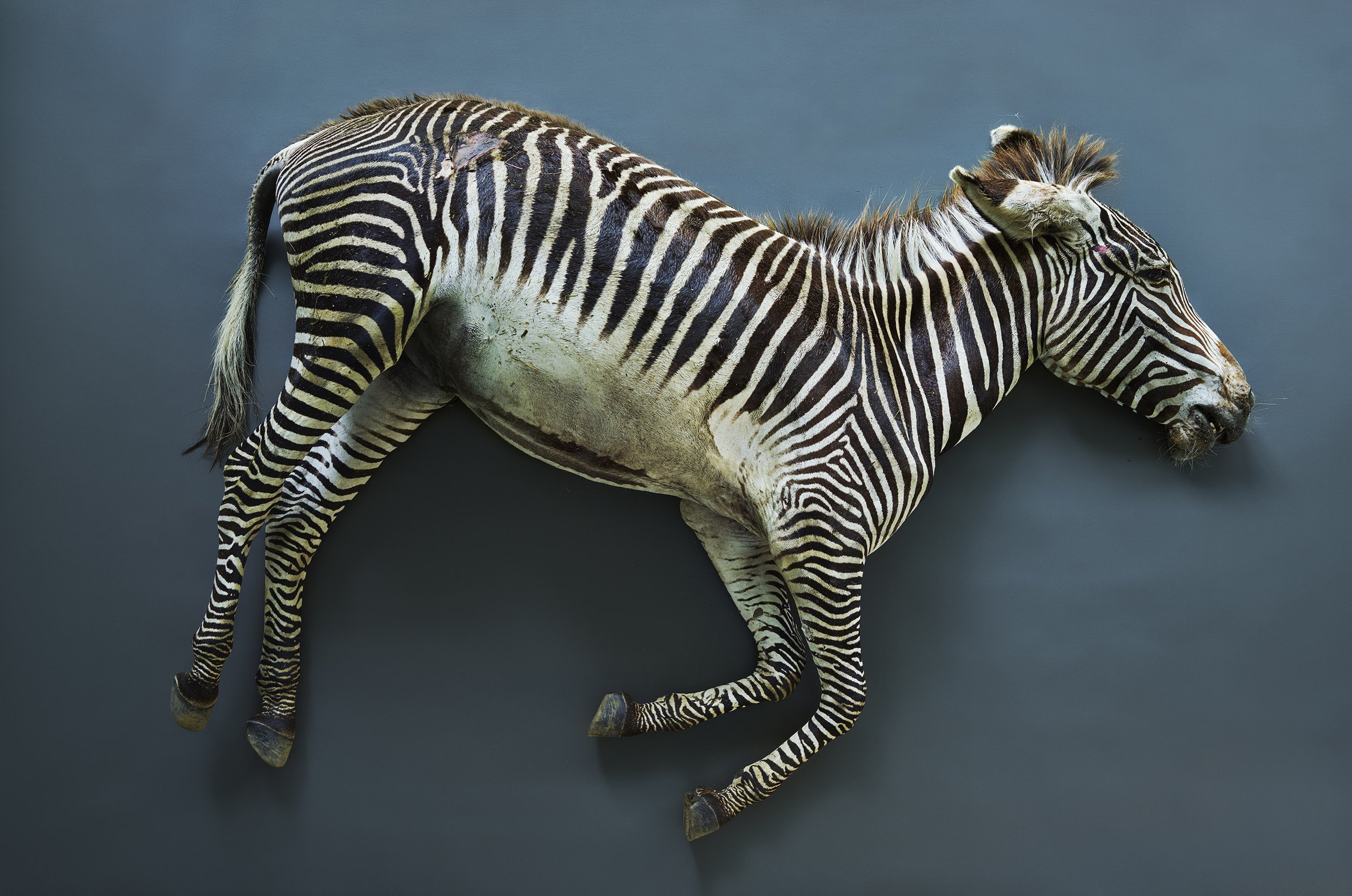
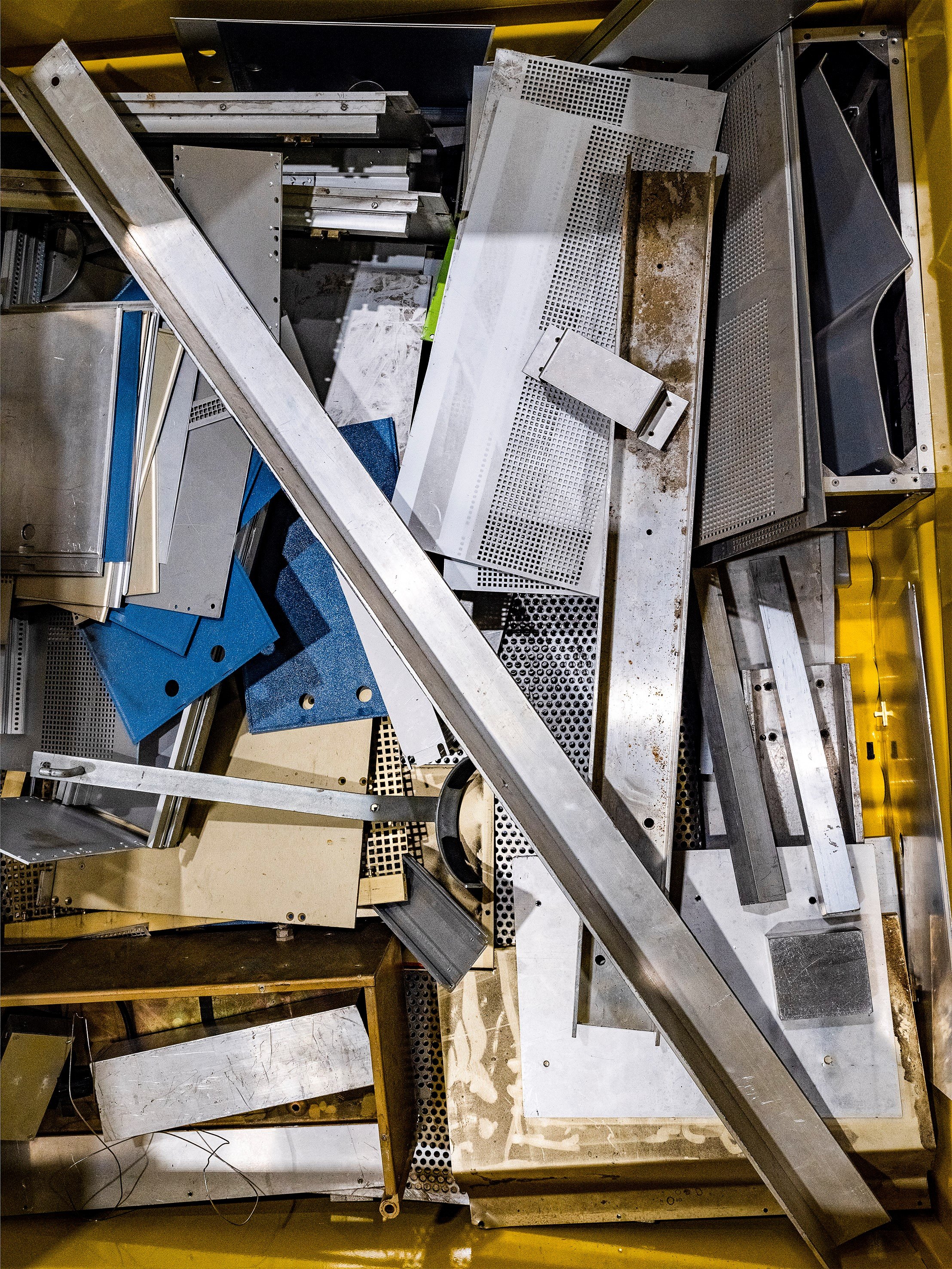



Struth's artworks are in the collections of the Art Institute of Chicago, the Centre Pompidou in Paris, the Dallas Museum of Art, the Hamburger Bahnhof in Berlin, the Kunsthaus Zürich, the Los Angeles County Museum of Art, the Metropolitan Museum of Art in New York, the Museum of Contemporary Art in Los Angeles, the Solomon R. Guggenheim Museum in New York, the Museum of Modern Art in New York, the Tate in London and the Walker Art Center in Minneapolis, among others.
The exhibit opened on May 25th and will be on view until July 26, 2024. The Gallery had a public opening on Saturday, May 25th, from 6 pm to 8 pm, with Thomas Struth. For more information about the exhibit, please visit the Marian Goodman Gallery’s site. The gallery can also be found on Instagram, YouTube, Facebook, and Artsy.
*Hover over the image to find the caption.


